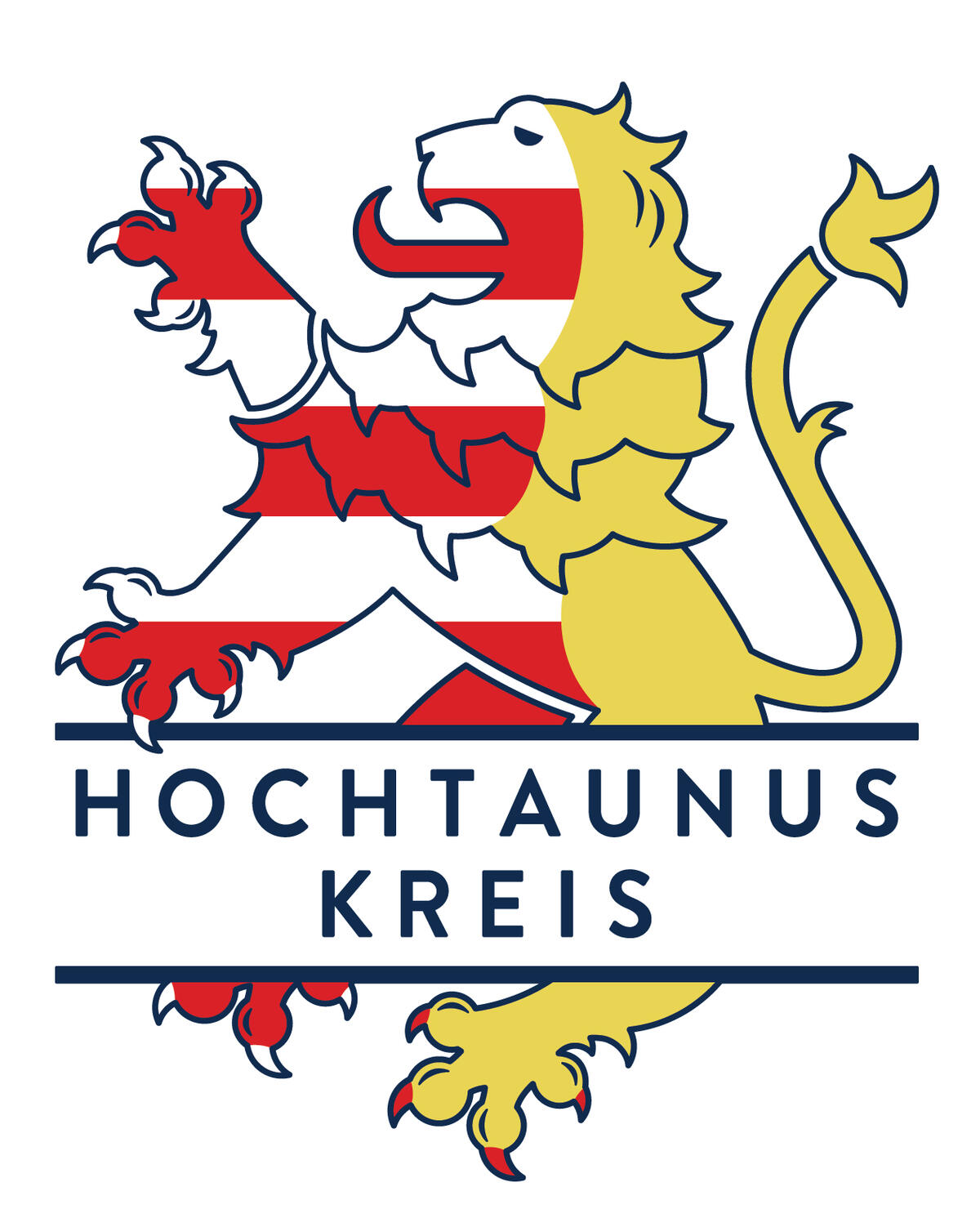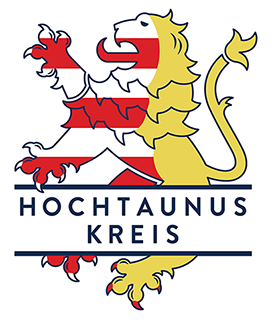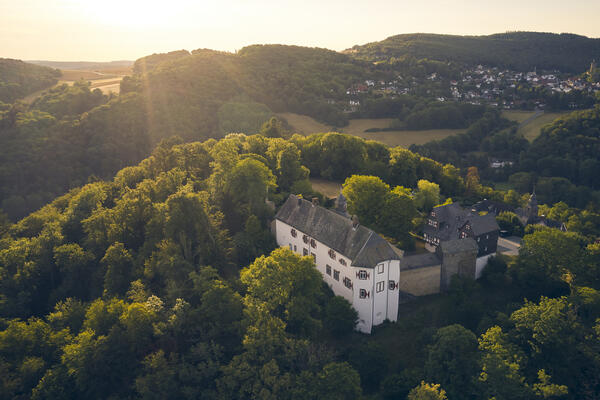Our District
The Hochtaunus district is part of the densely populated and economically powerful metropolitan area Frankfurt/Rhein-Main. It is also strongly influenced by the idyllic Taunus uplands landscape with its partially rural structures. This synergy of scenic beauty, economic strength and the urban location distinguishes the Hochtaunus district in a very special way. The historically grown cultural wealth of the towns and communities also adds to the attractiveness of this district.
Historical development
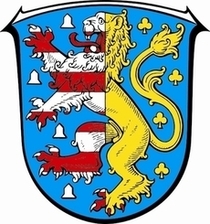
The Duchy of Nassau and the Landgraviate of Hesse-Homburg, to which the district essentially belonged before 1866, did not have any administrative districts. It was only after the annexation by Prussia in 1867 that the Nassau offices of Königstein and Usingen and the Landgravial office of Homburg were united to form the Obertaunus district. This included a total of 88 towns and municipalities. In the course of an administrative reform in 1886, the northern half of the district was separated from the Obertaunus district as an independent administrative district of Usingen. Between 1918 and 1928, a separate "auxiliary district Königstein" existed for the administration of the French-occupied parts of the district. After its dissolution in 1928, a number of municipalities in the southwestern district were added to the then newly formed Main-Taunus district. In 1932, the small and structurally weak district of Usingen was reincorporated into the Obertaunus district, but was re-established one year later in the wake of the National Socialist seizure of power. It was not until August 1, 1972 that both parts of the district were reunited and the "Hochtaunus District" was created.
Added value and traffic
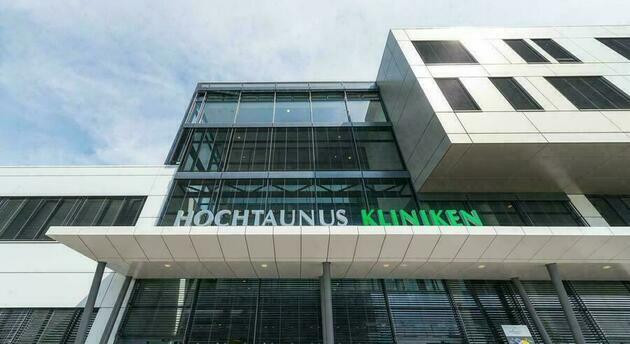
The Hochtaunuskreis is home to many internationally successful companies - from medium-sized businesses to Dax corporations. The most important economic sectors include the consulting industry, automation and the health industry, which is particularly important in the two spa towns of Bad Homburg v.d.H. and Königstein.
As a business location, the Hochtaunus District benefits from its location in the centre of the Frankfurt/Rhine-Main region, which is one of Germany's most important transportation hubs with Frankfurt Airport and several nationally significant highway and rail hubs. The Hochtaunus District is also densely developed with its close-knit road network, two highways, several suburban and regional rail lines and two subway lines.
The Hochtaunus Clinics, newly built in 2014 in Bad Homburg and Usingen, and the 59 schools, in which the district has invested nearly one billion euros since 2000, make the district even more popuar as a residential and business location.
Landscape, sights and culture
The area of the Hochtaunuskreis forms the core region of the Taunus, whose low mountain range landscape is designated as a nature park. The main ridge of the Taunus with its highest elevation, the Großer Feldberg, runs through the district from west to east and divides it into the densely populated Southern Taunus (Vordertaunus) and the rural-idyllic Northern Taunus (Hintertaunus).
Here you can also discover significant evidence of over two thousand years of history. From Celtic sites to medieval castles and towns and the baroque Homburg landgrave's castle to Wilhelminian buildings that remind us of the prime time of Bad Homburg as a spa town and summer residence of the German emperor. The Upper Germanic-Raetian Limes, the most impressive section of which runs through the Hochtaunus district, occupies an important position as a World Heritage Site. In the reconstructed Roman fort of Saalburg, the history of the former border of the Roman Empire is made accessible to visitors. In the immediate vicinity, the Hessenpark open-air museum is the second most important museum facility of the state of Hesse in the Hochtaunus district. Of special literal-historical importance within the region are the two longer stays of Friedrich Hölderlein in Homburg.
